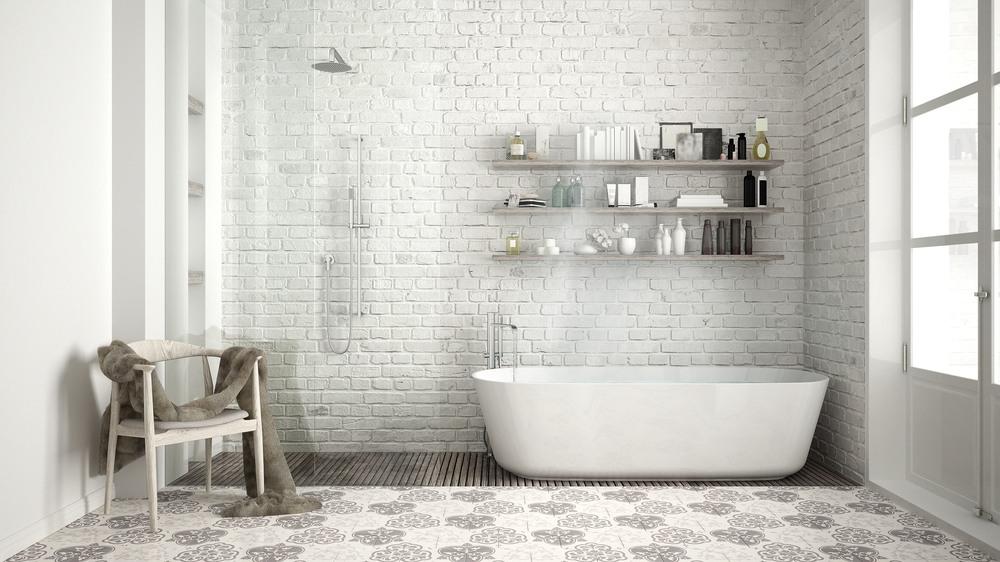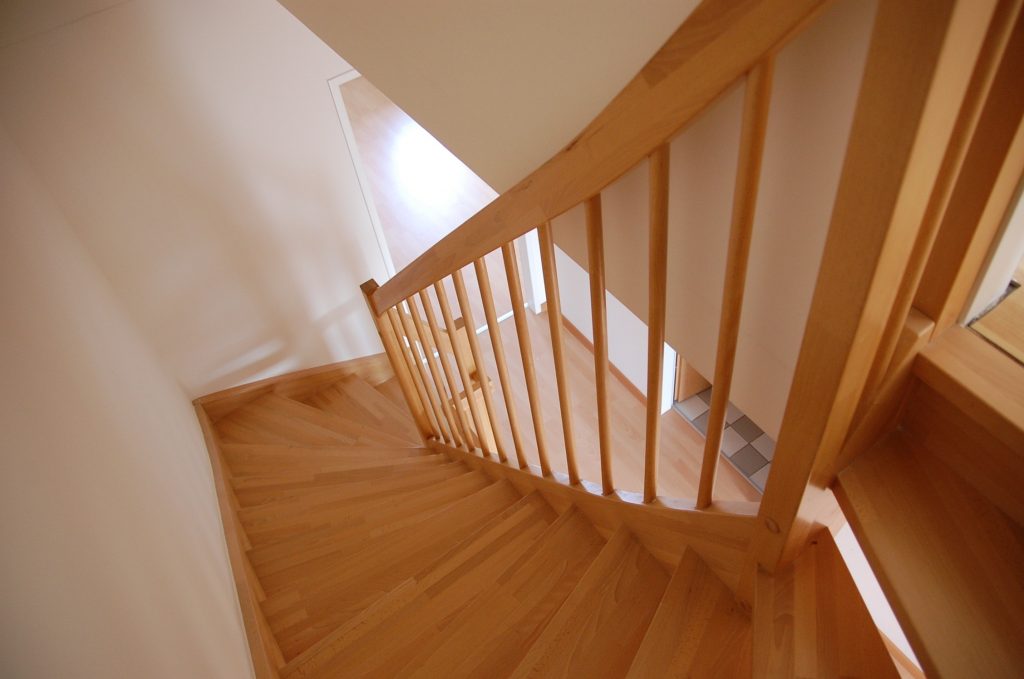When it comes to the area outside of your home, you might be wondering if there is really that much choice for what you can do with it. From driveways to yards to pathways and outdoor dining areas, paving and hard landscaping, for that matter, can drastically improve the look and feel of your outdoor space and turn a once drab area into something you enjoy to look at and adds quality and style to your home. Not to mention an increase in curb appeal, which is vital if you are selling your home.
But what are the benefits of adding pavers to your garden over other use of other materials? If you are undertaking vast renovation work and overhauling your landscaping, discussing with your contractor what type of paving styles and colors are available will give you the best options for your ultimate result.
There are many landscape pavers on the market, and choosing the best ones for you relies heavily on the type of look and feel you want to aim for.
Let’s take a look at some of the benefits of adding landscape pavers to your outdoor spaces.
Pavers Are Durable
Interlocking pavers are long-lasting, and concrete pavers are an excellent alternative to poured concrete patios. Concrete slabs are prone to cracking and breaking, which necessitates patching. This type of repair work can detract from the overall appearance of your landscaping. Weeds are also known to grow through concrete cracks. Brick pavers are strong and stable, with the ability to expand and contract. Because brick pavers are low-maintenance, they are a better choice than stamped concrete patio slabs.
Using paving stones is, in the end, an investment. You will be investing in a low-cost patio improvement that will increase the value of your home. Although the initial cost of concrete is slightly lower per square foot, the maintenance, time, and energy invested in repairs add up over time. Consider the relaxing outdoor living space you will create if you set aside the extra money and complete your DIY project correctly the first time.
Flexible
While your pavers may be held in place, unlike concrete, when the earth below them shifts naturally, so will your pavers too. This prevents crack and damage due to the movement underneath the slabs, which is in stark contrast to the laying of a concrete area which doesn’t lend itself well to this type of shift.
Another bonus of this type of hard landscaping choice is that you can easily have pavers lifted after a few years and replaced with newer, fresher slabs. Choosing to put down concrete leaves you with fewer options and a bigger task should you change your mind in the future.
Creative
These days, landscape pavers come in a variety of different styles, designs, and colors. There is a wealth of options to choose from, and material ranges from brick to concrete slabs to stone and porcelain – which is currently on-trend for more modern aesthetics.
You place them in any style and pattern you want to create large paved areas, pathways, decorated spaces, and more. Plus, many designs lend themselves to being updated with type-specific pain to create a whole new look.
Pavers are available in a wide range of shapes and designs. The most common option is a pure rectangular paver such as Hollands or Cobblestones. However, squares, tapered units, triangular shapes, and longer rectangles are also excellent choices.
Low Maintenance
Typically when pavers have been laid, they need very little maintenance. They may require cleaning periodically, but if an individual paver cracks or breaks, all you need to do is to lift it and replace it without having to pull up the whole garden.
Longevity
Once your pavers are down and in place, you can rest assured that this will last you for a great many years. Once installed, pavers aren’t designed to be lifted anytime soon, and you can enjoy the benefits of a well-laid paving area for many years to come.
Resale Value
More and more people are seeing the benefit of increasing the paved areas around their homes. Low-maintenance gardens are popular right now, and the use of pavers features heavily into this theme. Many buyers will pay more for a garden that has a well-designed and high-quality paved outdoor area as it means they do not need to undertake this task themselves. Studies have shown the cost of a paver patio can be recouped by around 85% upon resale meaning that the extra expense is well worth investing in if selling is on the cards.
What To Expect for a Landscape Pavers Installation
If you are unsure of having a new paving installation, this quick guide can answer some of those queries.
- The area will first be dug out to the appropriate depth
- A barrier will then be laid to stop the regrowth of vegetation and weeds
- A flat level base will be made by packing down dirt and soil or sand using a paver base
- Drainage will be achieved by controlling the slope of the land
- A solid edge will be established around your new landscape pavers
- Once all the pavers are in place, the cracks need to be filled with sand for a finished look and to deter the regrowth of weeks.
When having your new paving slabs laid, the area must be kept free from children and animals to correct installation and a more efficient job. It is always a good idea to order more pavers than you think you will need to account for measurement mistakes or damages.
Always consult your landscape paving experts for advice on the best type of paving slabs for your garden and time estimates for the job to be completed.
Once everything has been laid, you are free to enjoy your new outdoor space and benefit from a versatile and practical hard landscape that can add value and style to the exterior of your home.




